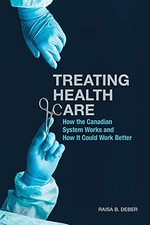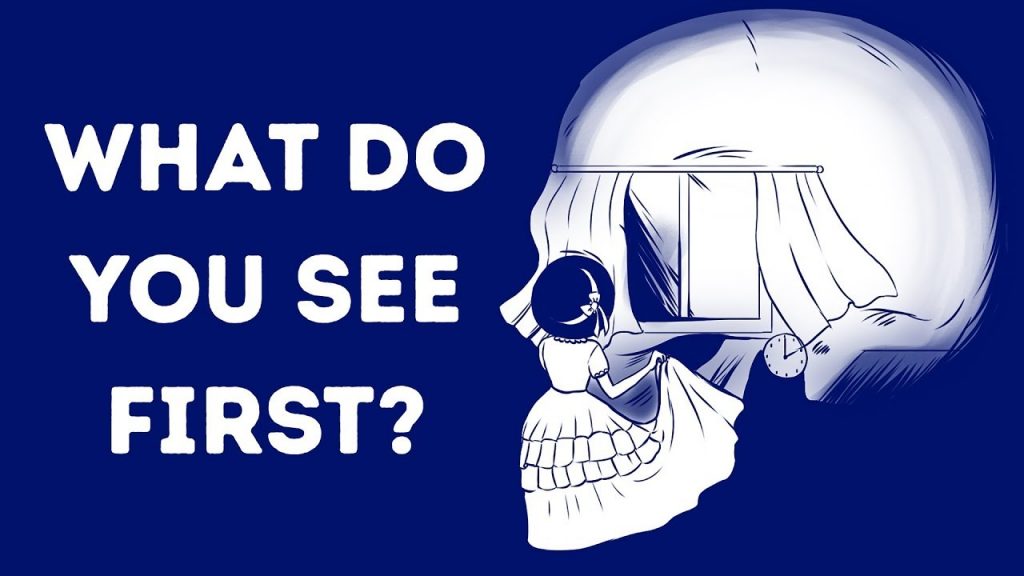How Canada’s Universal Health-Care System Works

Canada’s health-care system is playing a larger role in America’s political discourse as the 2020 presidential elections heat up.
Progressives on the left love pointing to Canada as an equitable and efficient health care system. Conservatives use Canada as an example when warning about the dangers of socialized medicine and unchecked bureaucracy. So how exactly is medicare working in Canada and how does it compare to the United States?
The motivation for implementing a universal health-care system in Canada in the 1960s was to ensure that all citizens had access to necessary medical care regardless of their financial status.
Canada’s universal health-care system is considered to be one of the most comprehensive and well-funded in the world. Funded by the government, the system provides access to health care for all Canadians, regardless of their economic status. In this article, we will take a closer look at how the system works and what sets it apart from other health-care systems around the world.
In the early 1960s, Canada’s federal government responded to the growing need for accessible health care by passing the Medical Care Act. This act established the framework for a universal health-care system, which was fully implemented by the 1970s. The principles behind this system aimed to provide every Canadian with equal access to medical care, regardless of their financial situation.
How Funding Works
Under Canada’s universal health-care system, each province and territory is responsible for delivering health care to its residents. The federal government provides funding to these regions according to a formula based on population and other factors, such as the age of the population and the economic conditions of the region. Provinces and territories are then able to use this funding to deliver health-care services to their residents.
What Services Are Covered
Canada’s universal health-care system covers a wide range of health-care services, including doctor visits, hospital stays, and surgical procedures. Additionally, prescription medications are covered in certain circumstances, such as for individuals with low incomes, senior citizens, and other vulnerable groups. However, not all health-care services are covered under the system. For example, some procedures and services, such as cosmetic surgery and dental care, are not covered.
How Patients Access Health Care
Patients in Canada can access health care through several means. They can receive care from a family doctor or specialist, or they can choose to visit a nearby walk-in clinic. Alternatively, patients can go to hospital emergency rooms for urgent or emergency care. Patients generally do not pay any out-of-pocket costs for medical procedures, although some may need to pay for certain prescription medications.
Advantages and Challenges of Canada’s Universal Health-Care System
There are many advantages to Canada’s universal health-care system. One major benefit is that all Canadians have equal access to medical care, regardless of their financial situation. This means that even low-income Canadians can still receive top-quality medical care without worrying about the cost. Additionally, the system helps to reduce overall health-care costs because it allows the government to negotiate with health-care providers for lower prices.
However, there are also some challenges associated with the system. One issue is wait times for medical procedures, which can be longer than in other countries. Another challenge is that, because the government negotiates lower prices with health-care providers, some doctors and surgeons may choose to work in the private sector instead of in the public system.
Conclusion
Canada’s universal health-care system is a comprehensive, well-funded system that provides access to health care for all Canadians. It has its advantages and challenges, but is widely regarded as one of the most successful health-care systems in the world. As Canada’s population ages and health care costs continue to rise, the government will need to continue to evaluate and improve the system to ensure that it remains sustainable and effective for all Canadians.









EASY HEALTHY BREAKFAST IDEAS (+ quick pancakes)
How Cycling Can Boost Your Mental Health
4 Healthy Breakfast Ideas For Weight Loss With Eggs | Weight Loss Recipes
Cecilia’s Life with Schizophrenia (Living with Hallucinations)
What Representing Men in Divorce Taught Me About Fatherhood